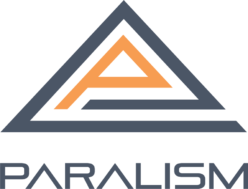In our previous analysis of popular projects, we discussed Polygon’s AggLayer, which is quite similar to Paralism’s Protocol-Agnostic concept. Both are exploring how to aggregate existing blockchains, users, and liquidity to form a unified entry point into Web3, thereby breaking down the isolated ecosystems barriers.
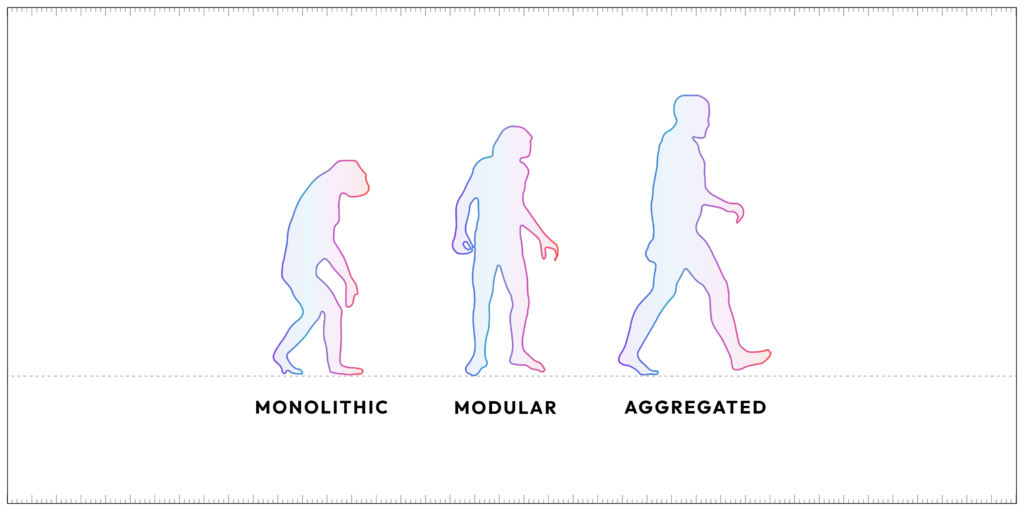
Polygon’s diagram vividly illustrates the development trajectory of blockchain technology: Monolithic → Modular → Aggregated. Current mainstream solutions mainly focus on solving the scalability issue of blockchains. Solutions like sidechains, rollups, hubs, and relay chains, which are built on top of serial chains, belong to the monolithic category. Within their ecosystems, these solutions can interact with each other, but due to performance limitations at the settlement layer, even the most advanced solutions face challenges such as state bloat and state contention. Moreover, these solutions inevitably fall into the trade-offs between scalability, security, and decentralization.
Thus, the modular architecture was proposed. Polygon Avail and Celestia are prominent examples of this approach. In this architecture, each chain runs independently in parallel, retains its sovereignty, and focuses on handling specific responsibilities while outsourcing other functions to one or more independent layers. However, the multi-chain ecosystem requires bridges for the circulation of user and asset. Most bridges, though, are inefficient and insecure, leading to further fragmentation.
Aggregation Address Challenges in Monolithic and Modular Architectures
Years ago, while most were still debating scalability, Paralism identified a deeper issue in blockchain ecosystems: isolation and lack of liquidity. Even if scalability was solved, users would still be confined within isolated ecosystems, unable to interact freely or safely across different ecosystems. Paralism introduced the parallel chain architecture, which not only solved scalability but also naturally supported blockchain aggregation.
Now, how do Paralism’s Protocol-Agnostic and Polygon’s AggLayer compare?
| Project | Protocol-Agnostic | AggLayer |
| Proof Method | Superblock | ZK Proofs |
| Settlement Layer | Paralism | Ethereum |
| Cross-Chain Method | Parallel Superblock | Unified Bridge |
| Integration Method | Protocol Chain | Polygon CDK |
| Protocol Compatibility | Multi-Protocol | Ethereum-only |
Let’s delve into the key differences.
Proof Method
AggLayer’s safety is provided by ZK proofs. It verifies the ZK proof before sending it to Ethereum (L1) for final settlement, creating a seamless and aggregated environment.
Paralism’s parallel structure comprises local blocks and superblocks, using a DPoW consensus mechanism for clustering and data block generation. Each subchain can apply its Layer 2 consensus as needed, ensuring high data consistency and reliability across the entire structure.
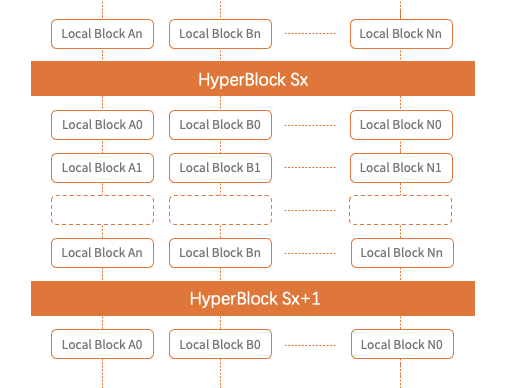
Settlement Layer
AggLayer’s settlement layer is Ethereum, and actually it’s still an extension of Ethereum’s scaling and liquidity integration solutions. While this makes it friendly for Ethereum users and developers, it’s also constrained by Ethereum’s performance.
Paralism, however, is a Layer 0 solution and serves as the settlement layer for all projects and chains in its ecosystem. It provides a unified trust environment with unlimited scalability. Each chain is autonomous yet can interact freely.
Cross-Chain Method
AggLayer’s bridge mechanism enables token transfers and message-passing between Ethereum (L1) and CDK chains via smart contracts. Each chain holds a single data structure which stores a record of all token withdrawals and messages that originated from that chain. This “exit tree” is an append-only Merkle trie, similar in structure to the Ethereum deposit trie. The latest state of each chain and the unified bridge is represented by the root of this Merkle tree, referred to as the “exit root.” As cryptographic commitments, exit roots ensure the integrity of the network as a whole.
Paralism possesses inherent advantages in parallel and cross-chain capabilities. Its sub-chains, which are composed of local blocks, generate super-blocks periodically. This process provides a bridge for cross-chain communication through fundamental features such as notarization and hash locking, known as ‘super-block locking.’ It supports the exchange of business or financial assets carried by different Paralism sub-chains. These sub-chains can operate either based on Layer 2 extension protocols or through smart contract models.
Integration Method
AggLayer connects chains built with Polygon CDK, a developer toolkit for building ZK-driven Layer 2 chains. Polygon plans to support other blockchain architectures, including L2s, app chains, and non-EVM chains in the future.
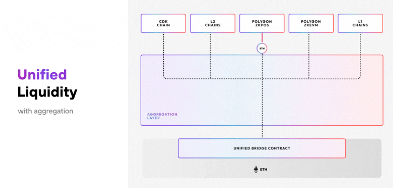
Paralism, on the other hand, connects chains by Protocol Chains. This approach allows integration with more L1 ecosystems and natively supports L2s. Paralism’s patented “Semantic Solidification and Derivation Method Based on Public Predicate Logic”, also enables the conversion of various assets and data into on-chain assets, largely enriching the protocol chain ecosystem.
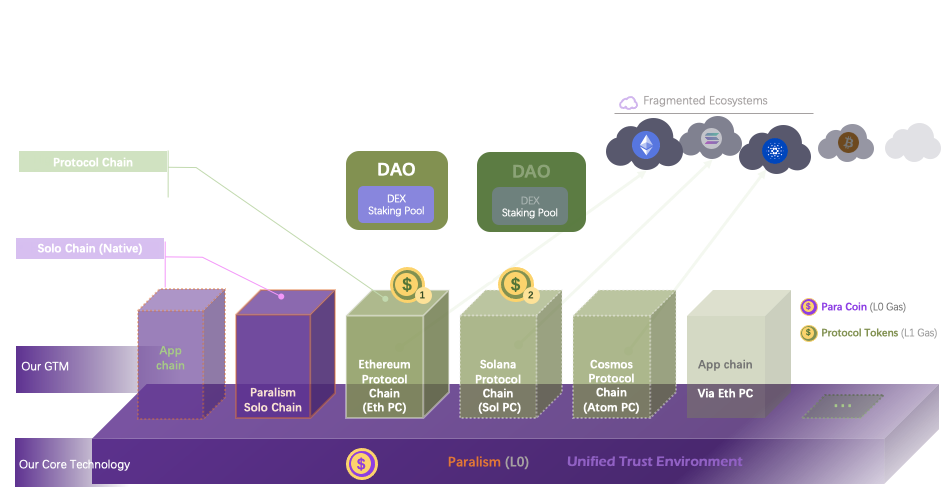
Protocol Compatibility
Currently, AggLayer only supports Ethereum-compatible protocols, while Paralism’s Protocol-Agnostic solution is compatible with a wide range of assets and protocols. It can integrate almost any blockchain protocol so far.
Summary
AggLayer’s core idea stems from the concept of Shared Validity Sequencing, aiming for atomic cross-chain interoperability among multiple optimistic rollups. Through a shared sequencer, the system handles transaction sequencing and state root publication for multiple rollups, ensuring atomicity and conditional execution.
The core of Paralism’s Protocol-Agnostic approach lies in its parallel and superblock structure. This architecture, designed to meet the operational needs of various blockchain applications across parallel chains, has developed the ‘superblock locking’ cross-chain protocol, enabling performance in various aspects, including atomicity. In short, Paralism is creating a completely new ecosystem, whereas AggLayer is still built on top of the Ethereum ecosystem.
In summary, Paralism is building an entirely new ecosystem, while AggLayer remains within the Ethereum ecosystem. Being collaborating with the largest and most successful blockchain ecosystem, Ethereum, AggLayer has a much larger users base and more capital support comparing to establish a new ecosystem. Anyway, innovative projects that push foundational exploration, like Paralism, will drive more disruptive solutions and possibilities for the future of Web3.
